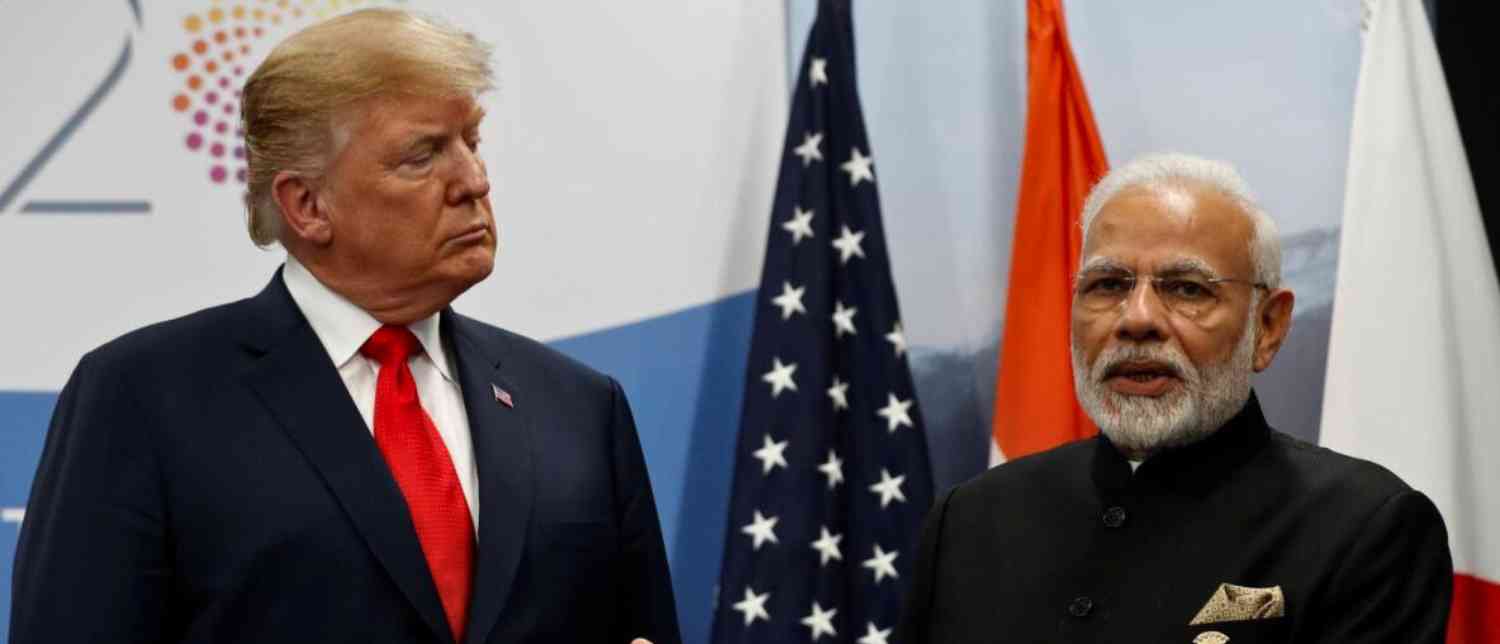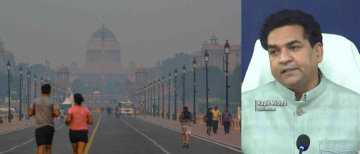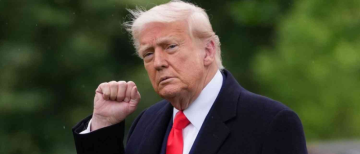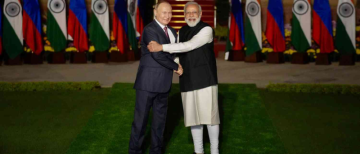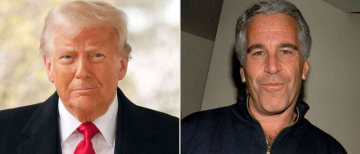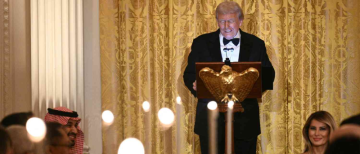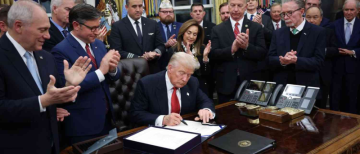President Donald Trump has recently doubled tariffs on imports from India to 50%, a move that has created significant pressure on the U.S.-India trade relationship. This steep increase, which came into effect on August 27, 2025, is one of the highest tariff rates the U.S. has ever imposed on any country. The action is largely a response to India's continued purchase of Russian oil, which the U.S. claims helps finance Russia's military operations in Ukraine. The tariffs add to an existing 25% levy on Indian goods, bringing the total to 50% on items such as clothing, gems and jewelry, footwear, chemicals, and sporting goods. Electronics and pharmaceuticals are exempt from this tariff hike.

The tariffs threaten to disrupt trade worth billions and risk damaging relations between two influential democracies that had been growing closer as strategic partners since the early 2000s. India, the world’s fifth-largest economy and one of America’s key trading allies, faces heavy consequences, especially among small exporters and workers in affected sectors, including in Prime Minister Narendra Modi's home state of Gujarat.
From India’s perspective, there is a focus on energy security and economic resilience. Indian officials have stated they will continue sourcing energy based on national interests and are taking measures to cushion the economy against the tariff shocks. The Indian government maintains firm red lines around protecting farmers, fishermen, and small-scale industries during ongoing U.S.-India trade negotiations, which have yet to produce an agreement to lower tariffs to more moderate levels comparable to U.S. deals with Japan or the EU.
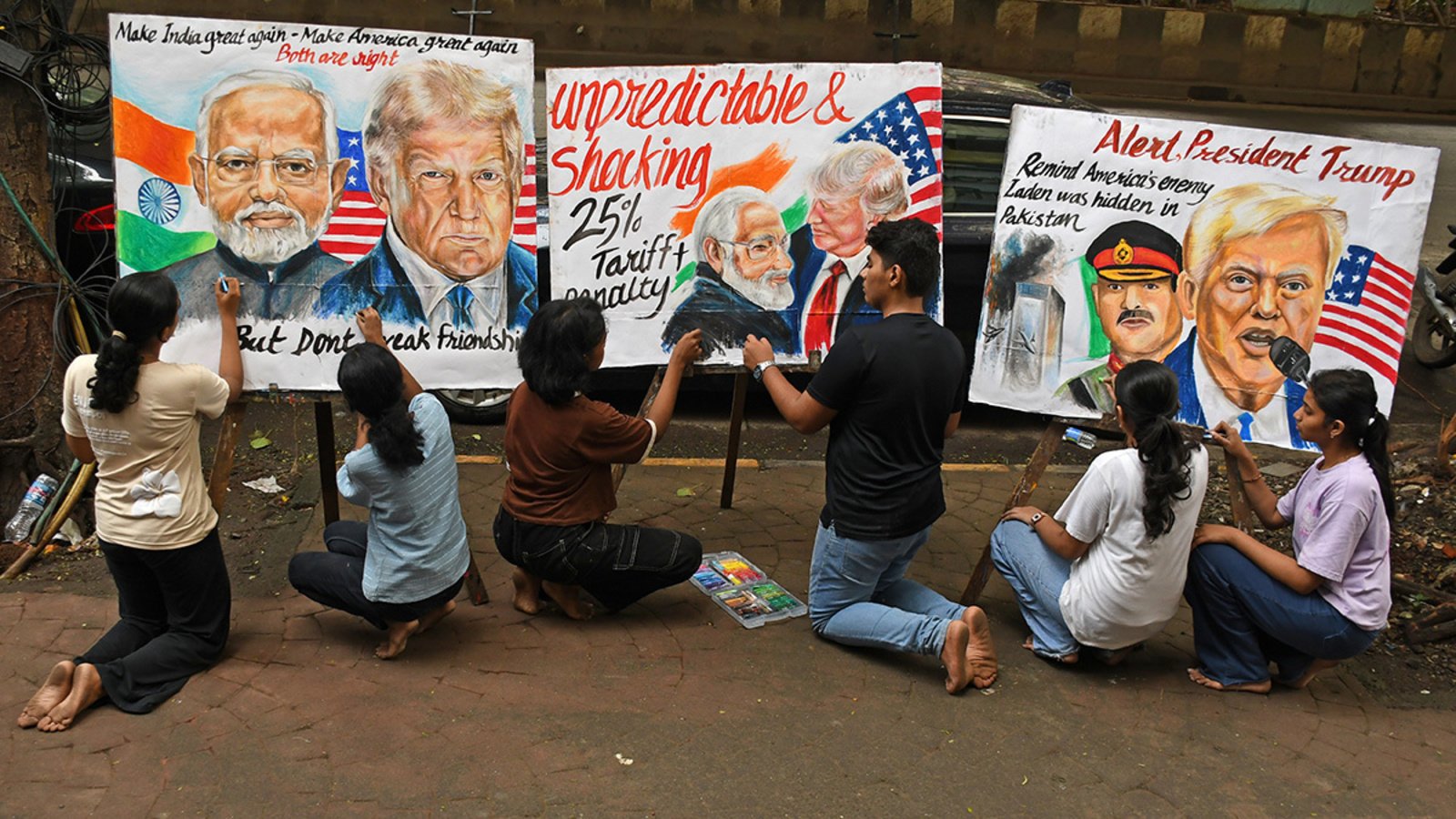
On the U.S. side, officials argue that India's oil purchases indirectly fund Russia’s war efforts, and they have linked the tariff hike to pressing India to reconsider its energy sources. The U.S. Treasury Secretary described the relationship as complicated, affected by unresolved trade negotiations and geopolitical concerns. The tariff situation reflects broader tensions in the bilateral relationship, including mismatched economic interests and strategic priorities.
Overall, while these tariffs present immediate economic challenges—such as higher costs for American consumers and businesses, and significant impacts on Indian exporters—they also underscore the complexity of balancing trade, diplomacy, and geopolitical interests. Both countries benefit from their economic partnership but face hurdles in reconciling divergent policies. The situation remains fluid, with hopes from some quarters that dialogue and negotiation will eventually mitigate the tensions and lead to more stable trade relations.
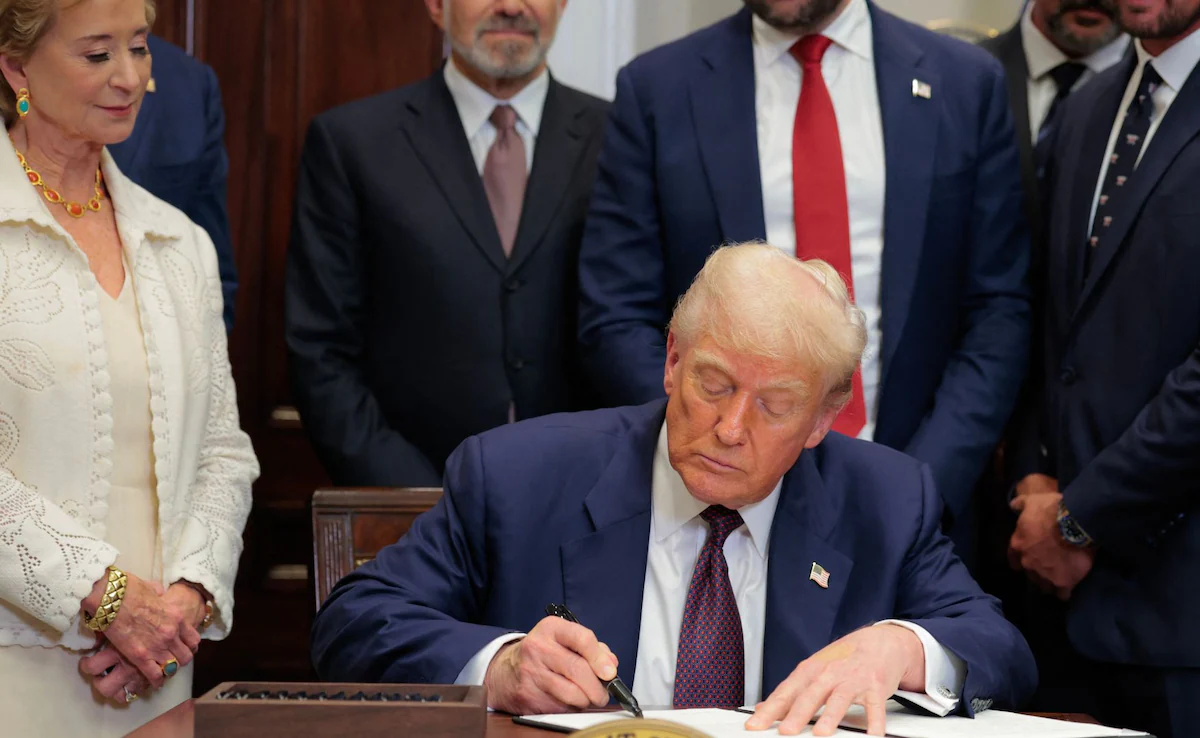
This development invites reflection on how global trade policies can be influenced by geopolitical conflicts and national strategies, illustrating the delicate interplay between economic cooperation and political disagreements between major global democracies.
In summary, Trump’s rising tariffs on Indian imports serve as a pressure point in U.S.-India relations, highlighting the challenges of diplomacy where trade, energy security, and international conflicts intersect, and signaling the need for cautious navigation to preserve a beneficial partnership amidst complex global dynamics.
With inputs from agencies
Image Source: Multiple agencies
© Copyright 2025. All Rights Reserved. Powered by Vygr Media.

